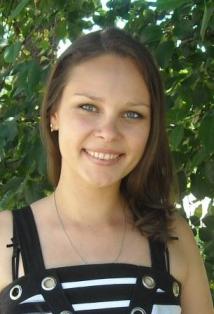This work is concerned with heat and mass transfer, fluid flow, chemical reaction – processes that occur in engineering equipment. That these processes play a vital role can be observed in a great variety of practical situations. Nearly all methods of power production involve fluid flow and heat transfer as essential processes. The same processes govern the healing and air conditioning of buildings. Major segments of the chemical and metallurgical industries use components such as furnaces, where thermofluid processes are at work.
Prediction of heat transfer and fluid-flow processes can be obtained by two main methods: experimental investigation and theoretical calculation.
The most reliable information about a physical process is often given by actual measurement. An experimental investigation involving full-scale equipment can be used to predict how identical copies of the equipment would perform under the same conditions. Such full-scale tests arc, in most cases, prohibitively expensive and often impossible. The alternative then is to perform experiments on small-scale models. The resulting information, however, must be extrapolated to full scale, and general rules for doing this arc often unavailable. Further, the small-scale models do not always simulate all the features of the full-scale equipment; frequently, important features such as combustion or boiling arc omitted from die model tests. This further reduces the usefulness of the test results. Finally, it must be remembered that there are serious difficulties of measurement in many situations, and that the measuring instruments ar not free front errors.
A theoretical prediction works out the consequences of a mathematical model, rather than those of an actual physical model. For the physical processes îf interest here, the mathematical model mainly consists of a set of differential equations. If the methods of classical mathematics were to be used for solving these equations, there would be little hope of predicting many phenomena of practical interest. A look at a classical text on heat conduction or fluid mechanics leads to the conclusion that only a tiny fraction of the range of practical problems can he solved in closed form. Further, these solutions often contain infinite series, special functions, transcendental equations for eigenvalues, etc., so that their numerical evaluation may present a formidable task.
Fortunately, the development of numerical methods and the availability of large digital computers hold the promise that the implications of a mathematical model can be worked out for almost any practical problem.
Advantages of a Theoretical Calculation
1. Low cost. In most applications, the cost of a computer run is many orders of magnitude lower than the cost of a corresponding experimental Investigation.
2. Speed. A computational investigation can be performed with remarkable speed. A designer can study the implications of hundreds of different configurations in less than a day and choose the optimum design. On the other hand, a corresponding experimental investigation, it is easy to imagine would take a very long time.
3. Complete information. A computer solution of a problem gives detailed and complete information. It can provide the values of all the relevant variables (such as velocity, pressure, temperature, concentration, turbulence intensity) throughout the domain of interest.
4. Ability to simulate realistic conditions.
5. Ability to simulate ideal conditions.
An optimal prediction effort should thus be a reasonable combination of computation and experiment.
All the dependent variables of interest here seem to obey a generalized conservation principle. If the dependent variable is denoted by ô the general differential equation is
 ,
,
where à is the diffusion coefficient, and S is the source term.
The four terms in the general differential equation are the unsteady term, the convection term, the diffusion term, and the source term. The dependent variable Ô can stand for a variety of different quantities, such as the mass fraction of a chemical species, the enthalpy or the temperature, a velocity component, the turbulence kinetic energy, or a turbulence length scale. Accordingly, for each of these variables, an appropriate meaning will have to be given to the diffusion coefficient à and the source term S.
The density appearing in equation may be related, via an equation of state, to variables such as mass fraction and temperature. These variables and the velocity components obey the general differential equation. Further, the flow field should satisfy an additional constraint, namely, the mass-conservation or the continuity equation, which is
 .
.
